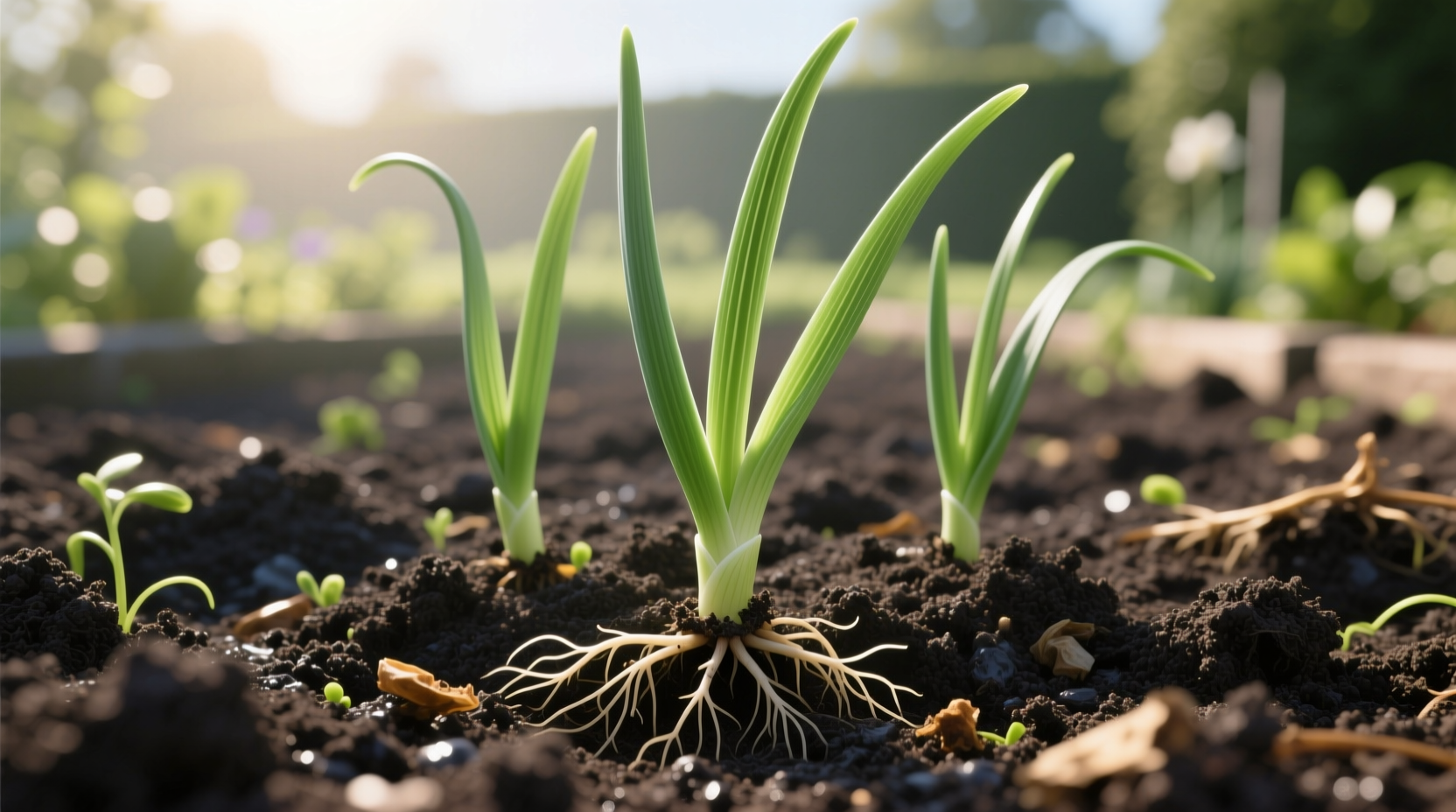Why Short Day Onions Thrive in Southern Climates
Short day onion plants (Allium cepa) begin bulb formation when daylight reaches 10-12 hours—a critical adaptation for southern growing regions. Unlike long day varieties that need 14+ hours of light, short day onions respond to the shorter days of fall and early spring, making them the only practical choice for gardeners in USDA zones 7 and south.
According to the Texas A&M AgriLife Extension, short day onions produce larger bulbs with higher sugar content in southern climates, yielding that distinctive sweet flavor prized by chefs. Their growth cycle aligns perfectly with the mild winter temperatures of the Deep South, where they establish roots during cool months and mature as days lengthen in spring.
| Onion Type | Daylight Requirement | Best Growing Regions | Planting Season | Flavor Profile |
|---|---|---|---|---|
| Short Day | 10-12 hours | Southern US (below 32° latitude) | Fall planting | Sweet, mild |
| Intermediate Day | 12-14 hours | Mid-latitudes (32°-36°) | Late winter/early spring | Moderately sweet |
| Long Day | 14+ hours | Northern US (above 36° latitude) | Early spring | Stronger, pungent |
Your Seasonal Roadmap for Short Day Onion Success
Timing is everything with short day onion plants. Plant too early and they'll bolt in summer heat; too late and they won't develop properly before spring temperatures rise. The University of Florida's Institute of Food and Agricultural Sciences confirms that precise planting windows maximize yield and quality.
Here's your step-by-step planting timeline for southern regions:
- September-October: Prepare soil with 3-4 inches of compost; aim for pH 6.0-6.8
- October-November: Plant sets or transplants 1 inch deep, 4-6 inches apart
- December-January: Apply balanced fertilizer when plants reach 6 inches tall
- February-March: Reduce watering as bulbs begin to swell
- April-May: Harvest when tops fall over naturally

Top Short Day Varieties for Southern Gardens
Not all short day onions perform equally across southern regions. Based on multi-year trials by the University of California Cooperative Extension, these varieties consistently deliver:
- Texas Early Grano: The classic sweet onion with excellent storage (4-6 months)
- Granex: Parent of Vidalia onions; exceptionally sweet with golden skin
- 1015Y: Named for October 15 planting date; mild flavor perfect for salads
- Red Creole: Deep purple skin with sharp flavor that mellows when cooked
For best results, purchase disease-resistant varieties certified by your state's agricultural extension. Avoid supermarket onions for planting—they're often treated to prevent sprouting and may carry diseases.
Avoid These Common Short Day Onion Mistakes
Even experienced gardeners struggle with short day onions when they overlook these critical factors:
Soil Preparation Oversights
Short day onions need loose, well-drained soil. Compacted soil leads to misshapen bulbs. Incorporate 3-4 inches of compost and avoid nitrogen-heavy fertilizers before planting, which encourage excessive top growth at the expense of bulb development.
Watering Inconsistencies
These onions require consistent moisture during establishment but need reduced watering as bulbs mature. The USDA Agricultural Research Service found that alternating dry/wet periods causes onion doubling (multiple bulbs) and increases disease susceptibility. Maintain even soil moisture until the final 3 weeks before harvest.
Ignoring Regional Adaptation
Not all short day varieties perform equally across southern regions. Coastal areas need varieties resistant to pink root disease, while inland regions require heat-tolerant types. Consult your local extension office for region-specific recommendations—this simple step can increase your yield by 30% according to Mississippi State University trials.
Harvesting and Storage Secrets
Knowing when to harvest short day onions makes all the difference between sweet perfection and bitter disappointment. Watch for these visual cues:
- Top leaves begin to yellow and fall over naturally
- Neck of the plant becomes soft and begins to collapse
- Bulb wrappers turn dry and papery
After harvesting, cure onions in a warm, dry, well-ventilated area for 2-3 weeks. Properly cured short day onions store for 3-4 months at 32-35°F with 65-70% humidity. Don't refrigerate—cold temperatures convert sugars to starches, ruining their signature sweetness.
Troubleshooting Guide: Quick Fixes for Common Problems
| Problem | Most Likely Cause | Solution |
|---|---|---|
| Small bulbs | Planted too late, overcrowded, or excessive nitrogen | Plant earlier, thin to 4-6" spacing, use balanced fertilizer |
| Bolting (flowering) | Exposure to cold spells after planting | Remove flower stalks immediately; harvest early |
| Soft, rotting bulbs | Overwatering during bulb maturation | Reduce watering 3 weeks before harvest |
| Pale, weak plants | Nutrient deficiency or poor soil preparation | Apply balanced fertilizer; amend soil with compost |











 浙公网安备
33010002000092号
浙公网安备
33010002000092号 浙B2-20120091-4
浙B2-20120091-4